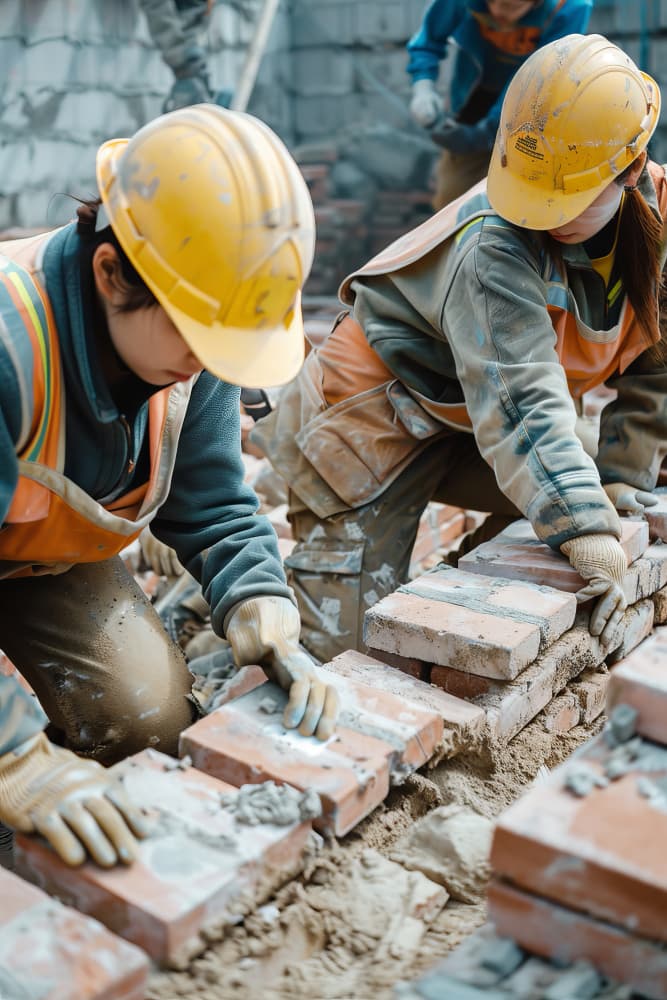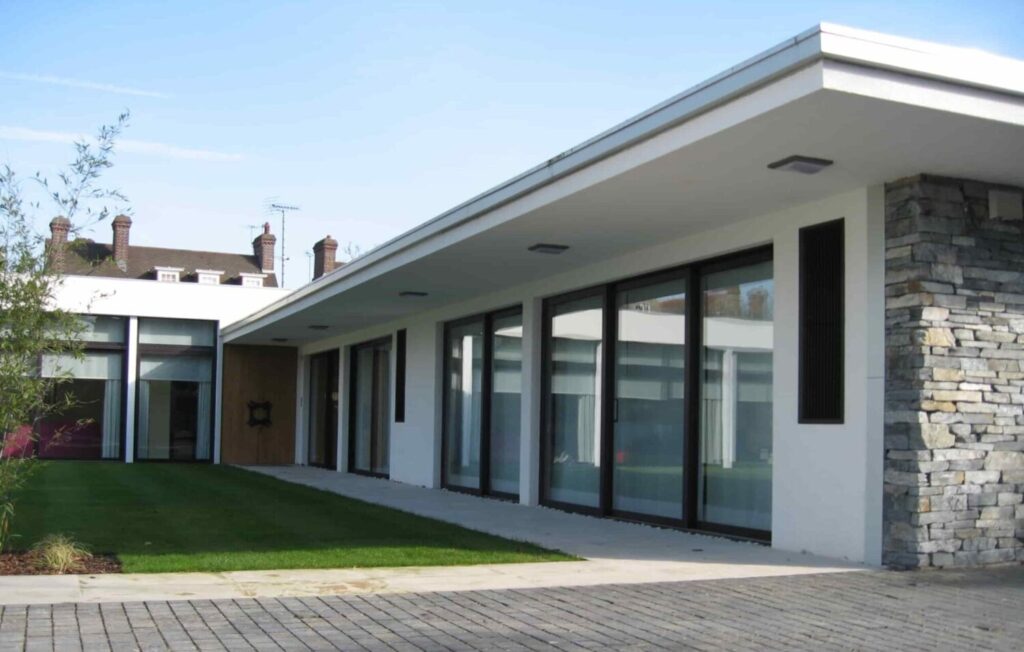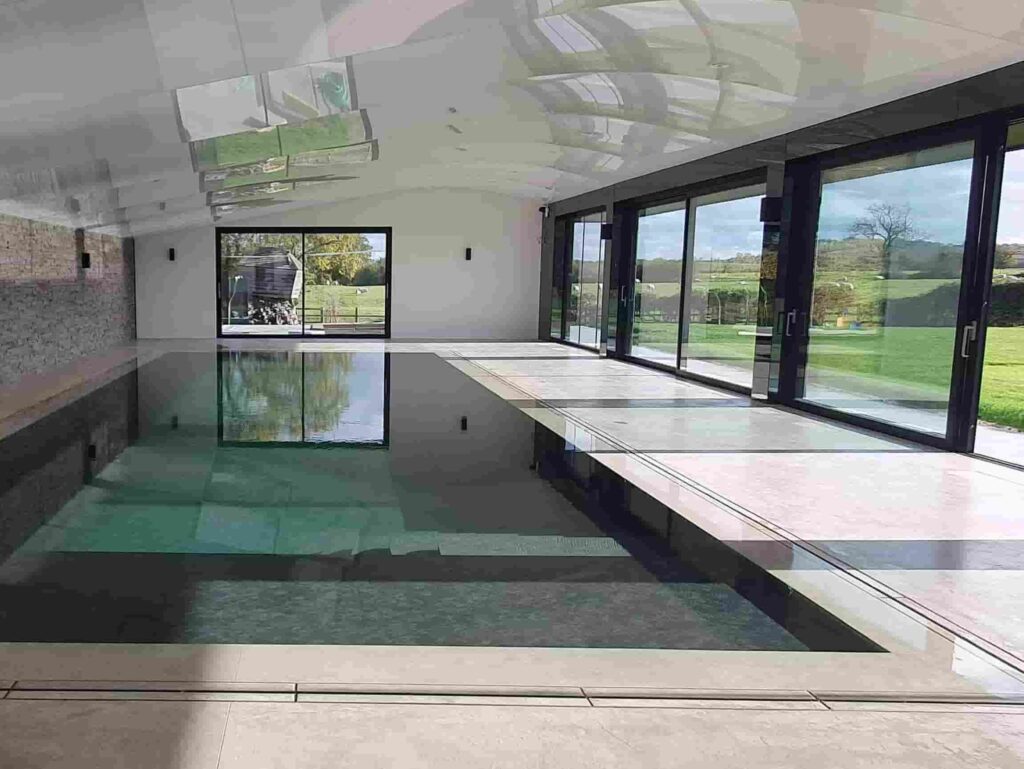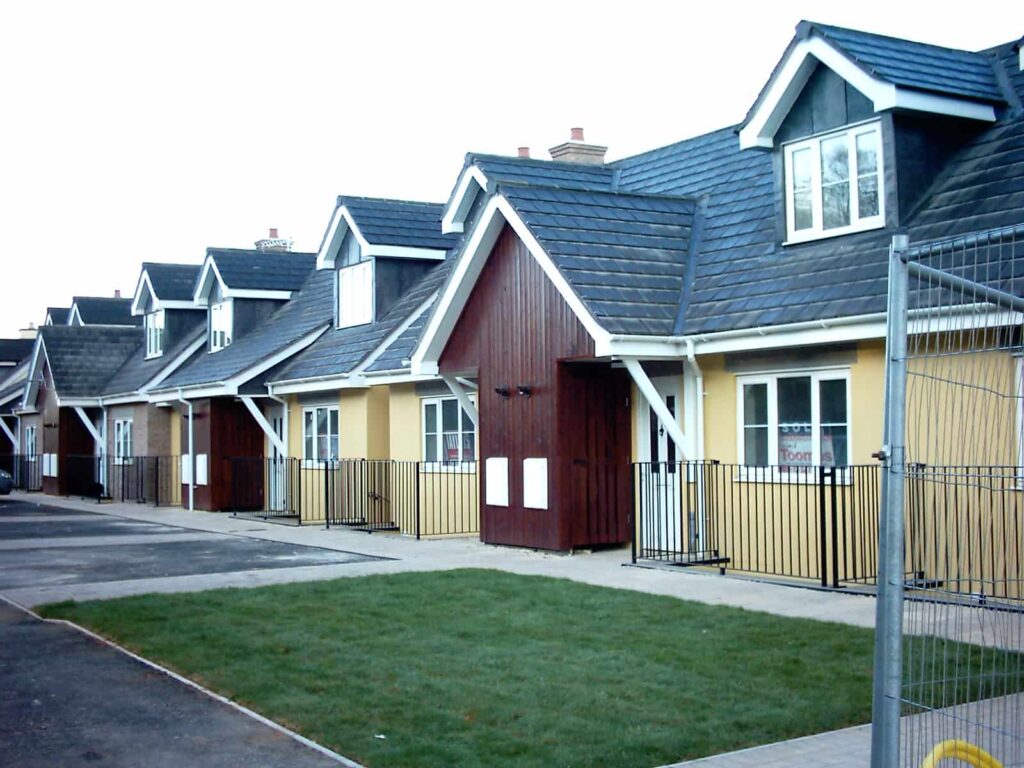The Truth About Cavity Walls
What is cavity wall construction? Cavity walls consist of two separate walls, or “skins,” of masonry with a gap, known as a cavity, in between them. This design was originally developed to stop moisture from getting to the inside of a building. While this system seems strong, older or poorly maintained cavity walls can have issues with moisture penetration and structural integrity over time. These problems can eventually reduce or even negate the initial benefits of this type of construction.
It’s difficult to see why most builders use this system?
Cavity wall construction is currently used in about 75% of all the housing being built in the UK.
There is little doubt that the major drawback of cavity wall construction is the time it takes and the high risk of weather delay when the bricklayer cost per day is taken into consideration.
Once a builder has used ICF Construction, they might explore the different UK ICF systems as there are significant differences between them but they rarely, if ever, return to cavity wall construction.
Origin: Stone age
Traditional masonry is the oldest building system that developed from the simple process of men putting one stone on top of another until they had built a shelter. Stones evolved into clay blocks hardened in a fire that were called bricks.
Clay Brick Cavity Walls
Bricks were originally built in solid walls two bricks thick but these let moisture travel through the wall and the solid wall was divided into two walls with a cavity between them but the two had to be connected with metal ties for strength.
CAvity Wall Insulation
However the walls allowed valuable heat to be lost from the interior and so the cavity between the two was filled with slabs of dense mineral wool fiber that became known as cavity wall insulation. In June 2022, the width of the cavity had to be increased to 120mm to provide enough insulation.
Cavity Wall Insulation Problems
The width of the cavity has increased from 50mm to at least 120mm. In this way, a simple method of construction has evolved into one of high complexity that is very difficult and time consuming to build and needs many local bricklayers. The width of the wall has also reduced the interior floor space that is provided in a typical detached house by 8 – 10%.
Cavity Wall Problems
Design Issues
Comfort
Bricklayers

Lack of local bricklayers: what does this mean for you?
THE COST
The use of facing bricks has been traditional in the UK for hundreds of years but is becoming rarer and rarer because they are so expensive to make and lay.
The 3 or 4 months that it takes to get the roof on – in good weather – delays the finishing trades and increases the cost of expensive scaffolding!
FAILURE RISK
To meet current Building Regulation requirements for draught-proofing and cold-bridges, masonry construction needs to be of the highest standard.
The very wide cavity and long brick ties now required makes it much more difficult to build a cavity wall. The construction quality relies far too much on the skill and reliability of the bricklayers.
Let’s get your Home Design Plans approved and ICF ready!
Review our different design services in more detail and see how we can help get your project off the ground and built to the highest standard.



